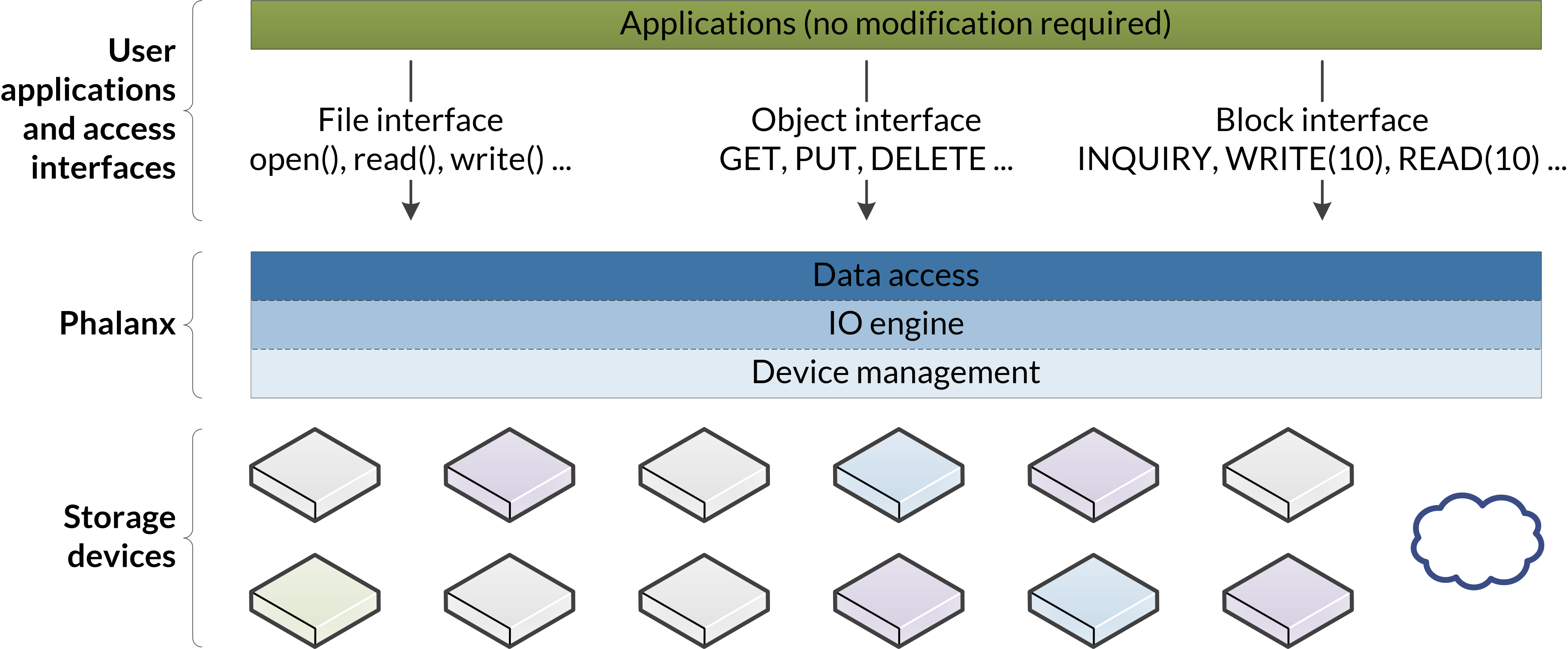




Kalista Phalanx
|
Legacy stack
|
|
|---|---|---|
99% |
16,924 |
28,468 |
99.95% |
26,211 |
97,371 |
99.99% |
41,736 |
202,227 |








Phalanx architecture |
|
Flexible I/O tester (fio) benchmarks |
|
Hadoop TestDFSIO benchmarks |
|
Ceph OSD and Rados benchmarks |
|
Kalista IO and Western Digital joint solution brief |
